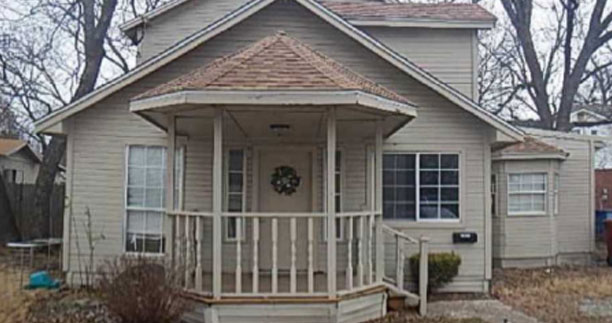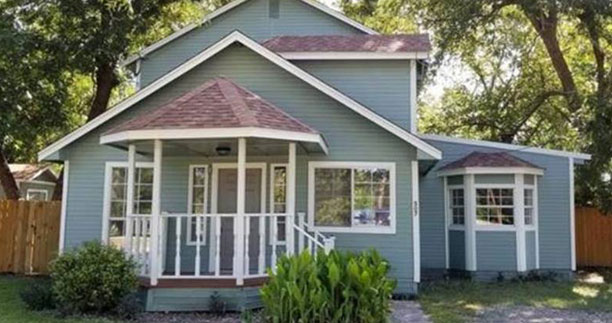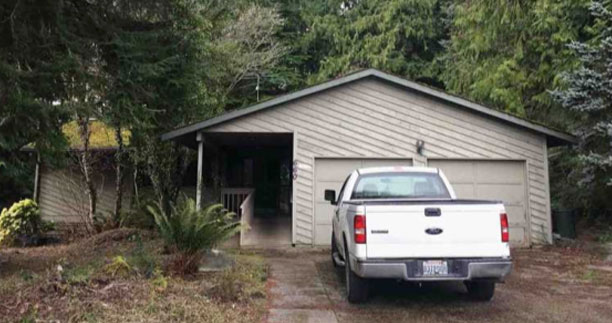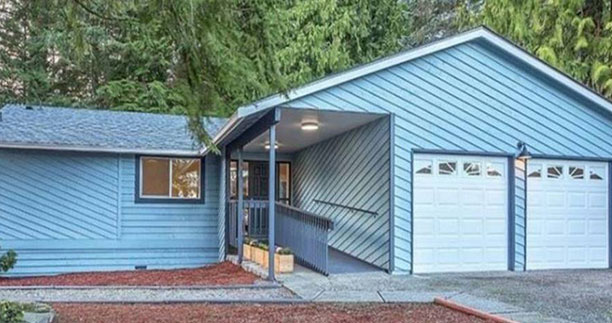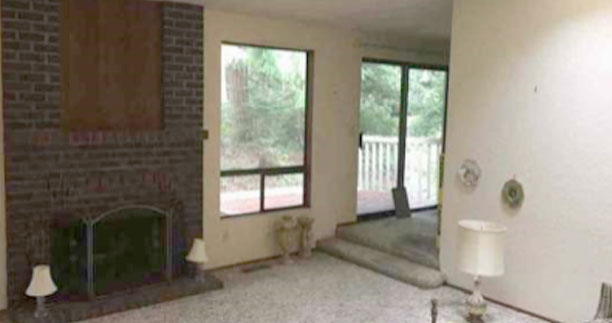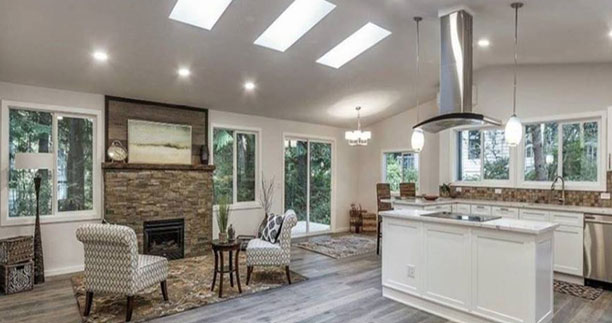Evaluating Kitchen Cabinet Hardware For Fix And Flip Rehab
Kitchen cabinet hardware, which includes handles, knobs, pulls, and hinges, plays a pivotal role in both the functionality and aesthetics of your cabinetry. Here’s a detailed examination of cabinet hardware:
- Types of Hardware:
- Knobs: Round or square, they’re single-screw hardware. Available in numerous materials, sizes, and designs.
- Pulls/Handles: These require two or more screws. They range from simple bars to detailed and decorative designs.
- Cup Pulls: Often used for drawers, they have a semi-circular shape that’s easy to grasp.
- Bin Pulls: Similar to cup pulls but with a more rectangular shape.
- Edge Pulls: Minimalist pulls attached to the top edge of drawers.
- Hinges:
- Exposed Hinges: Visible when the cabinet door is closed. These can be decorative.
- Hidden Hinges: Also known as concealed or European hinges, they’re not visible when the door is closed. Preferred for a clean, modern look.
- Soft-Close Hinges: Feature a mechanism that prevents the door from slamming shut.
- Pivot Hinges: Mounted at the top and bottom of the door, allowing it to pivot.
- Materials:
- Stainless Steel: Durable and resistant to corrosion. Offers a modern look.
- Brass: Classic and can be found in both polished and antique finishes.
- Bronze: Often paired with oil-rubbed finishes for a vintage look.
- Crystal or Glass: Adds a touch of elegance but may require more frequent cleaning.
- Porcelain or Ceramic: Can offer a vintage or country-style feel.
- Wood: Typically matched with wooden cabinets, they can be painted or stained.
- Plastic or Acrylic: Cost-effective but may not be as durable as metal options.
- Finish:
- Polished: Shiny and reflective, like polished chrome or polished brass.
- Brushed or Satin: Has a more muted shine, like brushed nickel.
- Matte: Offers a flat look without shine, common in contemporary designs.
- Oil-Rubbed: Aged, antique appearance, often seen on bronze hardware.
- Aged or Weathered: Intentionally made to look old or worn.
- Placement and Spacing:
- Knob/Pull Position: The positioning can change the overall look. For example, placing knobs in the upper corner of a base cabinet vs. the center of the door.
- Spacing for Pulls: On larger drawers, you might consider two pulls for symmetry and ease of use.
- Consistency: Keeping hardware consistent in terms of placement across all cabinets ensures a cohesive look.
- Functionality:
- Ease of Use: Consider the ease of grip and use, especially in homes with elderly residents or children.
- Durability: Given the frequency of use, hardware should resist wear and tear.
- Cleaning: Some intricate designs or finishes may require more frequent or detailed cleaning.
- Aesthetics and Trends:
- Match or Contrast: Depending on the desired look, hardware can match the cabinet color or provide a contrasting accent.
- Current Trends: While it’s good to be aware of trends, like minimalistic or vintage designs, it’s also essential to choose hardware that complements the overall kitchen design.
- Installation and Replacement:
- Pre-Drilled Cabinets: If cabinets are pre-drilled, you’ll need to select hardware that fits the existing holes, or be prepared to fill and re-drill.
- Updating Hardware: A simple hardware change can drastically update the look of a kitchen without the need for extensive renovations.
When selecting hardware, it’s a balance between form and function. It’s essential to consider the overall design aesthetic, the intended use, and the practicality of the hardware choices. For those looking to sell or flip properties, hardware choices can significantly influence a potential buyer’s first impression of the kitchen.

